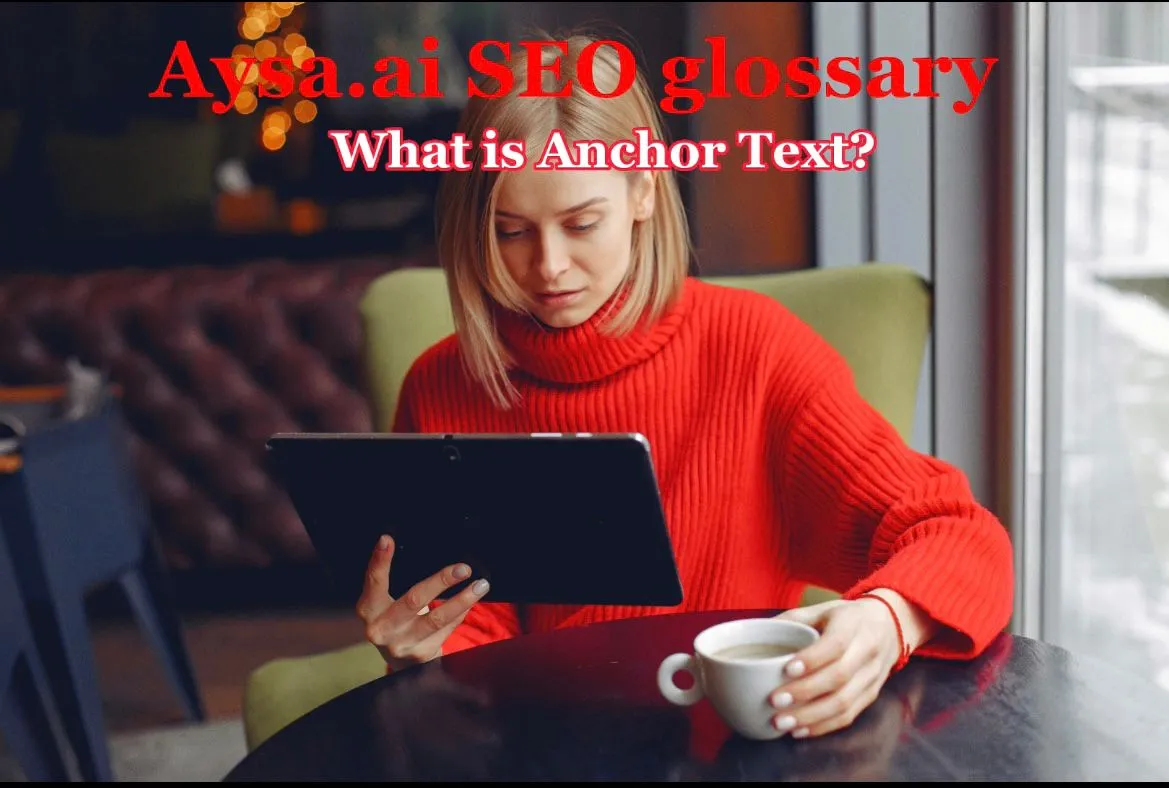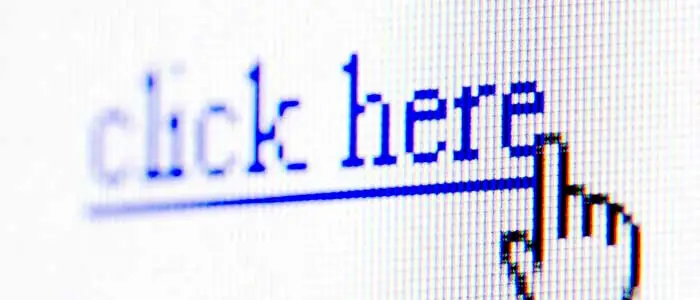
Anchor text refers to the visible and clickable text within a hyperlink. It is the clickable part of the hyperlink that takes you to another webpage. This is important in SEO because it helps search engines understand the content on the linked page. It gives context to the linked page and can influence the relevance and ranking of the page for the linked keywords. It can be used to signal the topic of the linked page to search engines and can help establish the authority of a webpage. Using descriptive and relevant anchor text can also improve the user experience by helping users understand where they are going and what they can expect to find on the linked page.
Types:
SEOs classify the seven primary types of anchor text:
- Exact match – The exact keyword or phrase a target page is trying to rank for.
- Phrase match – A keyword phrase containing the target keyword phrase for a page.
- Partial match – All of the words of the target keyword appear, but not as the exact phrase.
- Branded – The name of the brand or company where a target page lives.
- Generic – Any random or generic phrases, such as here, click…, or this article.
- Image alt text – The alt text of an image used in a link.
- Naked URL – The actual target URL as it appears in a web browser’s address bar.

What are some best practices for anchor text?
The clickable text of an HTML hyperlink is known as anchor text or link text. Its purpose is to describe the content of the linked page or resource to both website visitors and search engines. The name “anchor” was derived from earlier versions of the HTML specification, where the <a> tag was referred to as “anchor.” In the case of images used as links, Google processes the image’s alt text as the anchor text of the link.
This type of internal link is crucial because it provides context to both visitors and search engines about the linked-to material, allowing them to determine what to expect when they click on a link. Anchor text may also influence page rankings, according to Google, by providing additional context to search engines. Sometimes, the page can be indexed by Google based only on the text that are anchors and URL without being crawled.
Best practices for this includes writing anchor texts that make sense without surrounding text, avoiding keyword stuffing, and diversifying anchor texts. Exact match or phrase match keywords usually do the best job of informing readers about a link’s destination. Using the same exact match phrase for every link may be considered over-optimized, and Google may choose to ignore these links, potentially costing you the link equity opportunity. It’s crucial to diversify anchor text while still providing useful context about where the link is pointing. Image alt texts are also considered anchor texts for their respective images.


